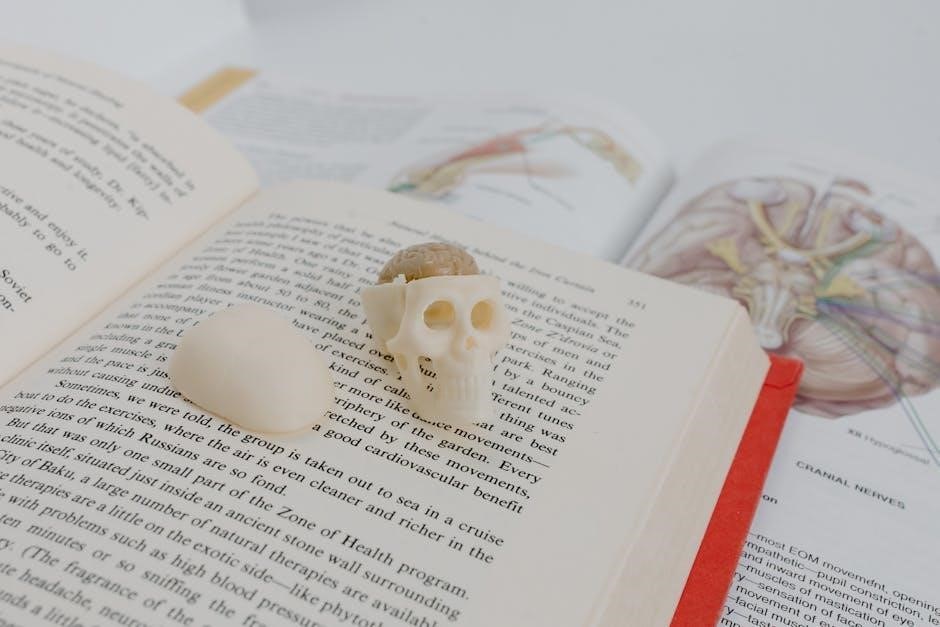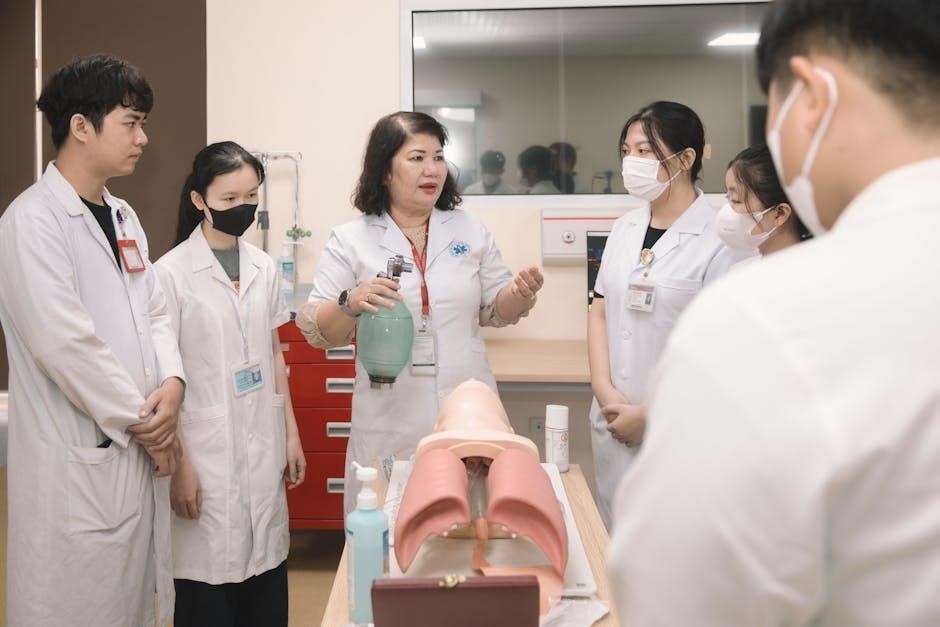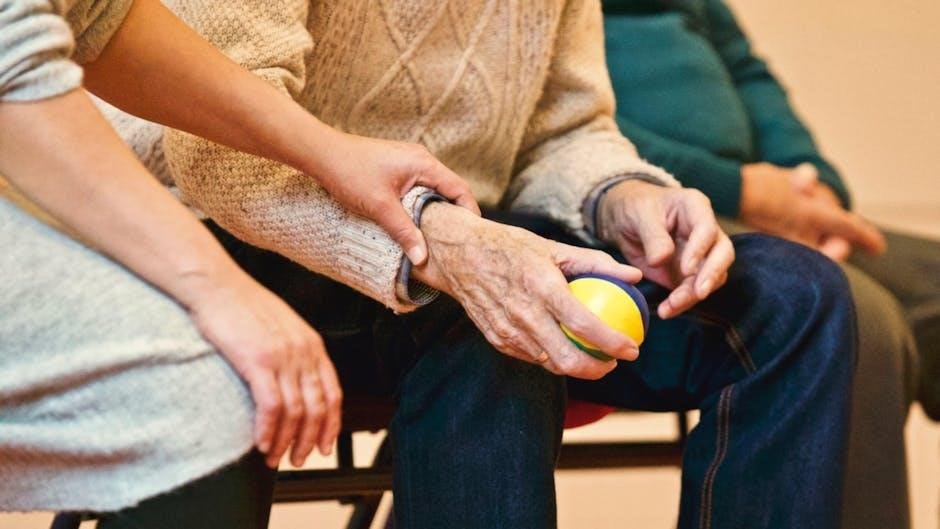Nursing Guide: Best Practices and Evidence-Based Care
This comprehensive nursing guide dives into best practices, emphasizing current research and expert consensus. It aims to equip nurses with evidence-based approaches. These streamline procedures while improving patient outcomes and strengthening overall healthcare quality, using relevant and helpful techniques.
Nursing best practices encompass recent, relevant, and helpful approaches, methods, interventions, procedures, or techniques grounded in high-quality evidence. Implementing these practices is essential to improving individual patient health outcomes, enhancing the overall quality of healthcare, and strengthening the nursing profession. Best practices serve as established protocols and guidelines, meticulously developed through evidence and experience, that consistently lead to optimal patient outcomes.
These guidelines and protocols offer nurses a framework for delivering safe, effective, and patient-centered care. Adhering to best practices ensures that nurses are providing the most up-to-date and evidence-based care possible. This contributes to positive patient experiences and improved health outcomes. Furthermore, best practices promote consistency in care delivery, reducing variability and ensuring that all patients receive the same high standard of care.
Staying abreast of current best practices requires continuous learning and professional development. Nurses should actively seek opportunities to expand their knowledge and skills, ensuring they remain competent and confident in their ability to deliver the best possible care.
Evidence-Based Practice in Nursing: An Overview
Evidence-based practice (EBP) stands as the cornerstone of modern nursing, ensuring that patient care decisions are guided by the most current and reliable research findings. It is a problem-solving approach that integrates the best available evidence with clinical expertise and patient values to optimize healthcare outcomes. EBP moves beyond traditional methods, promoting critical thinking and informed decision-making in all aspects of nursing care.
Nurses engaging in EBP actively seek out and critically appraise research studies, clinical guidelines, and other forms of evidence to inform their practice. This involves evaluating the quality and relevance of the evidence, considering its applicability to specific patient populations and healthcare settings, and integrating it with their own clinical judgment and experience.
EBP fosters a culture of continuous improvement within nursing, encouraging nurses to question existing practices, identify areas for enhancement, and implement evidence-based interventions to improve patient outcomes. It empowers nurses to become active participants in shaping the future of healthcare.
Core Competencies for Nurses
Nursing practice demands a diverse set of core competencies that enable nurses to provide safe, effective, and compassionate care. These competencies encompass a broad range of skills, knowledge, and attitudes essential for navigating the complexities of the modern healthcare landscape.
Clinical judgment forms a cornerstone of nursing competency, requiring nurses to analyze patient data, identify potential problems, and make informed decisions regarding treatment and care. Effective communication skills are paramount, enabling nurses to establish rapport with patients, collaborate with colleagues, and advocate for patient needs. Cultural competence ensures that nurses provide culturally sensitive and equitable care to diverse patient populations.
Furthermore, nurses must demonstrate proficiency in technical skills, such as medication administration, wound care, and patient monitoring. Ethical practice is crucial, guiding nurses to uphold professional standards, protect patient rights, and make morally sound decisions. Finally, a commitment to lifelong learning ensures that nurses stay abreast of new developments in healthcare.

Essential Nursing Skills and Procedures
This section highlights essential skills and procedures for nurses, with safety guidelines. From medication administration to wound care and patient assessment techniques, learn best practices. Focus is placed on maintaining up-to-date nursing knowledge.
Medication Administration: Safety Guidelines
Medication administration is a cornerstone of nursing practice, demanding meticulous attention to detail and a steadfast commitment to patient safety. Adherence to established safety guidelines is paramount to minimizing the risk of medication errors and adverse events;
Nurses must possess a comprehensive understanding of pharmacology, including drug interactions, contraindications, and potential side effects. Prior to administering any medication, it is imperative to verify the prescription, patient identity, and medication label.
The “five rights” of medication administration – right patient, right drug, right dose, right route, and right time – serve as a fundamental framework for safe practice. Diligence in verifying these rights ensures that the correct medication is administered to the intended patient via the appropriate route and dosage at the prescribed time.
Furthermore, nurses must be vigilant in monitoring patients for adverse reactions and documenting all medication administrations accurately and promptly. Open communication with patients and healthcare providers is essential for ensuring medication safety.
By prioritizing safety and adhering to established guidelines, nurses can significantly reduce the risk of medication errors and promote positive patient outcomes.
Wound Care Management: Best Practices
Effective wound care management is crucial for promoting healing, preventing infection, and minimizing patient discomfort. Best practices in wound care are constantly evolving, driven by new research and technological advancements. Nurses play a vital role in assessing, treating, and monitoring wounds.
A comprehensive wound assessment is the first step in developing an individualized care plan. This includes evaluating wound size, depth, tissue type, exudate, and surrounding skin condition. Accurate documentation of these findings is essential for tracking progress and identifying potential complications.
Wound cleansing is a critical component of wound care, aiming to remove debris, bacteria, and necrotic tissue. The choice of cleansing solution depends on the wound type and severity. Debridement, the removal of nonviable tissue, may be necessary to promote healing.
Selecting the appropriate wound dressing is crucial for maintaining a moist wound environment, protecting the wound from infection, and absorbing excess exudate. Nurses must be knowledgeable about the various types of dressings available and their specific indications.
Regular monitoring of the wound is essential for detecting signs of infection or delayed healing. Patient education on proper wound care techniques is also vital for promoting self-management and preventing complications.
Patient Assessment and Monitoring Techniques
Comprehensive patient assessment and continuous monitoring are cornerstones of quality nursing care, enabling early detection of changes in patient condition and timely intervention. Nurses utilize a variety of techniques to gather data, analyze findings, and implement appropriate interventions. A thorough history and physical examination are essential components of the initial assessment.
Vital signs monitoring, including temperature, pulse, respiration, and blood pressure, provides valuable information about a patient’s physiological status. Nurses must be proficient in using various monitoring devices and interpreting the data they provide. Regular assessment of pain levels is crucial for effective pain management.
Neurological assessments are essential for patients with neurological conditions or those at risk for neurological deterioration. This includes evaluating level of consciousness, pupillary response, motor function, and sensory perception. Cardiac monitoring is vital for patients with heart conditions or those at risk for arrhythmias.
Respiratory assessment includes evaluating breath sounds, respiratory rate, and oxygen saturation. Nurses must be able to recognize signs of respiratory distress and intervene appropriately. Fluid and electrolyte balance should be carefully monitored, especially in patients with renal or cardiac dysfunction.
Accurate documentation of assessment findings and monitoring data is crucial for effective communication among healthcare team members and for tracking patient progress. Nurses must be vigilant in identifying and reporting any significant changes in patient condition.

Specialized Areas in Nursing
Nursing encompasses diverse specialties. These areas demand focused knowledge and skills. This includes infection control, pain management, and promoting early mobilization. These specialized skills optimize patient care in unique clinical settings, improving outcomes and supporting overall well-being.
Infection Control and Prevention
Infection control and prevention are paramount in nursing. The goal is to protect patients and healthcare workers. This involves implementing evidence-based best practices to minimize the spread of infections. These practices include meticulous hand hygiene, using personal protective equipment (PPE), and ensuring proper environmental cleaning and disinfection.
Effective infection control also requires robust surveillance systems to detect and track infections. This includes prompt identification and isolation of infected individuals, as well as implementing targeted interventions to prevent outbreaks. Nurses play a crucial role in educating patients and families about infection prevention measures, promoting adherence to prescribed treatments, and advocating for policies that support a safe healthcare environment.
Staying updated on the latest guidelines and recommendations from organizations like the CDC and WHO is essential for nurses to provide optimal infection control. This also includes fostering a culture of safety within healthcare settings, where all members of the team are empowered to identify and address potential infection risks.
Pain Management Strategies
Effective pain management is a cornerstone of nursing care, aiming to alleviate suffering and improve patients’ quality of life. A multimodal approach, integrating pharmacological and non-pharmacological strategies, is often most effective. Pharmacological options include opioids, non-opioid analgesics, and adjuvant medications, carefully selected based on the patient’s pain type, intensity, and medical history.
Non-pharmacological interventions play a vital role, encompassing techniques such as heat or cold therapy, massage, relaxation exercises, and distraction. Cognitive-behavioral therapy can also be beneficial, helping patients develop coping mechanisms and manage pain-related thoughts and emotions. Furthermore, nurses must regularly assess pain levels using validated scales, document findings accurately, and collaborate with the healthcare team to adjust treatment plans as needed.
Patient education is crucial, empowering individuals to actively participate in their pain management. Nurses should provide clear instructions on medication usage, potential side effects, and alternative pain relief strategies. By tailoring interventions to meet individual needs and preferences, nurses can optimize pain control and promote overall well-being.
Early Mobilization Practices

Early mobilization is a crucial aspect of patient care, promoting faster recovery and preventing complications associated with prolonged bed rest. Implementing early mobilization protocols requires a collaborative approach, involving nurses, physical therapists, and physicians. The process begins with a thorough patient assessment, considering their medical condition, functional status, and potential risks.
Nurses play a vital role in initiating and progressing mobilization activities, starting with simple exercises like range-of-motion exercises and gradually advancing to sitting, standing, and walking, as tolerated. Close monitoring of vital signs and patient response is essential to ensure safety and prevent adverse events. Furthermore, nurses must educate patients and their families about the benefits of early mobilization and encourage their active participation.
Evidence-based guidelines and standardized protocols can help guide the implementation of early mobilization programs, ensuring consistency and optimal outcomes. By prioritizing early mobilization, nurses can significantly improve patient outcomes, reduce hospital length of stay, and enhance overall quality of life, using best practice and evidence based approaches.

Documentation and Communication
Effective documentation and communication are vital in nursing. Accurate records improve team coordination, ensure patient safety, and maintain continuity of care. Clear communication enhances collaboration, promotes shared understanding, and ensures optimal patient outcomes, according to best practices and nursing documentation training.
Effective Nursing Documentation
Effective nursing documentation is a cornerstone of quality patient care. It serves as a comprehensive record of a patient’s journey, encompassing assessments, interventions, and outcomes. Accurate and thorough documentation facilitates seamless communication among healthcare professionals, ensuring everyone is informed about the patient’s condition and plan of care.
Clear and concise documentation minimizes the risk of misunderstandings and errors, promoting patient safety. It provides a legal record of the care provided, protecting both the patient and the healthcare provider. Staying updated with the latest guidelines about documentation is crucial, and healthcare institutions often provide nursing documentation training to improve these skills.
Moreover, proper documentation is essential for reimbursement and quality reporting. By accurately capturing the services provided, nurses contribute to the financial stability of healthcare organizations and demonstrate adherence to best practices. Ultimately, effective nursing documentation is an investment in patient well-being and a reflection of professional accountability.
Interprofessional Communication Strategies
Effective interprofessional communication is vital for optimal patient care, fostering collaboration and shared decision-making among healthcare team members. This collaborative approach ensures that diverse perspectives are considered, leading to more comprehensive and patient-centered care plans. Clear and open communication channels promote mutual respect and understanding, creating a supportive environment where professionals can effectively share information and expertise.
Strategies for effective interprofessional communication include active listening, clear articulation of ideas, and the use of standardized communication tools. Regular team meetings, case conferences, and electronic health records facilitate information exchange and coordination of care. Addressing conflicts constructively and promoting a culture of psychological safety are essential for fostering trust and open dialogue.
By prioritizing interprofessional communication, healthcare teams can enhance patient safety, reduce errors, and improve overall outcomes. Ultimately, effective communication is a key ingredient in delivering high-quality, coordinated care that meets the complex needs of patients.
